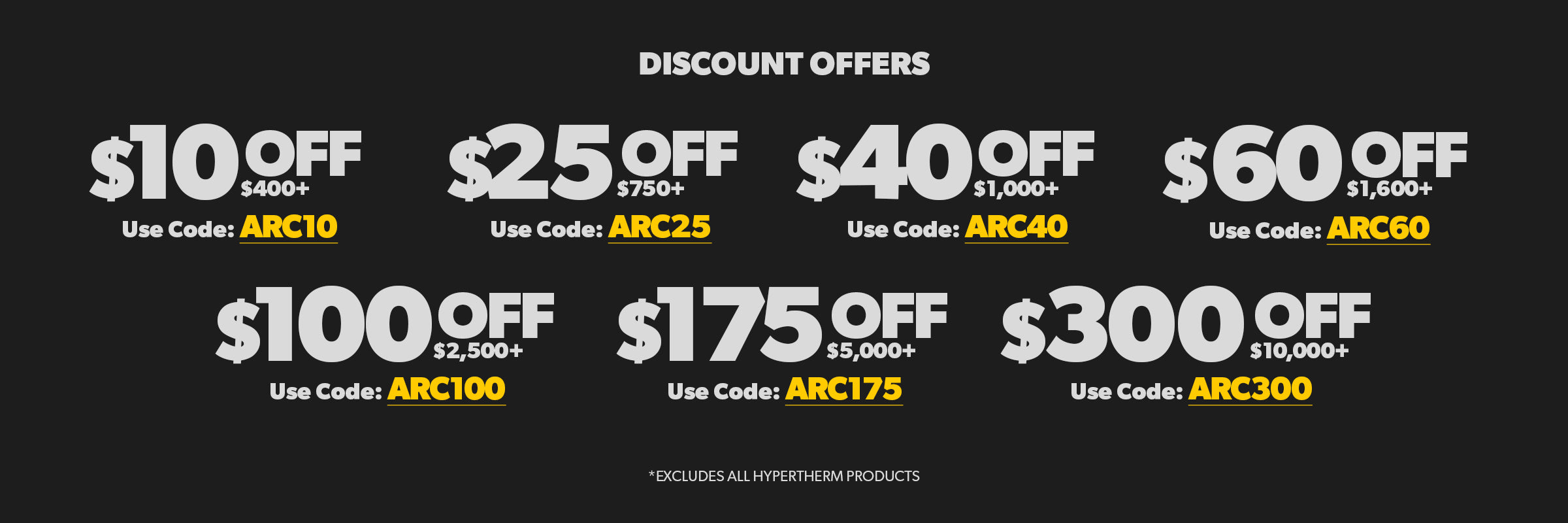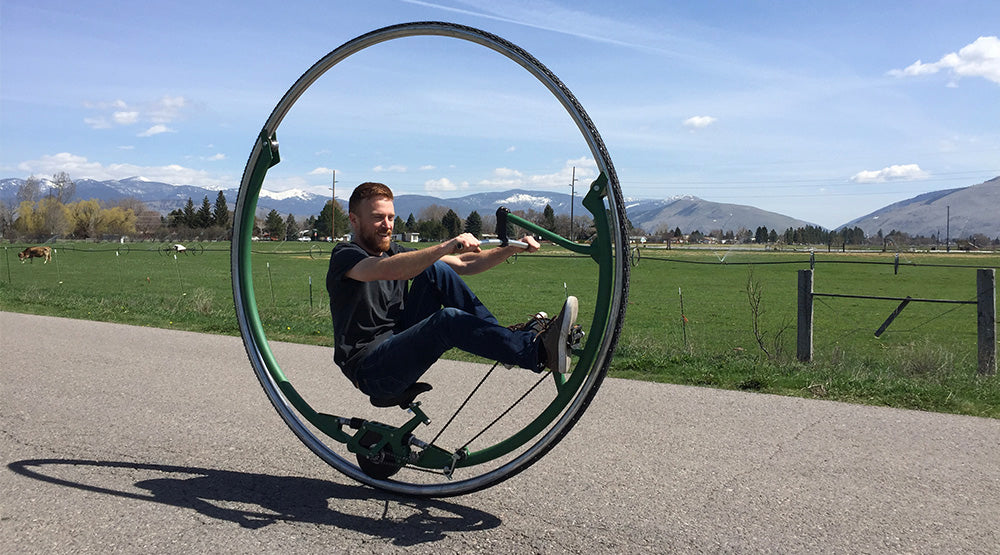Look, there’s no point in beating around the bush: CNC (or any type of automated anything) tends to be pretty controversial. CNC supporters make it sound like a one-size-fits-all solution, while anti-CNC protesters claim it’ll render humans worthless. For the most part, both parties have blown what CNC really is way out of proportion. In this article, we’ll show you the real benefits of CNC and give the reasons why you should or should not learn how to CNC yourself.
What Is this Sorcery?

At a basic level, CNC plasma is pretty easy to understand. You put a metal sheet on your plasma CNC table, send over plans for how you want it cut, and go make yourself a sandwich. The CNC machine moves the plasma tip around the table, cutting where it’s been told.
CNC (or “Computer Numerical Control”) uses precise stepper motors. These allow the cutting tip to move left and right, forward and backwards, and several inches up and down to control the depth of the cut.
The majority of CNC tables don’t have a built-in plasma machine. The table and the plasma cutter are purchased separately, and connect via a special cable. Now, you usually can’t just hook up any plasma cutter to a CNC table. They need a special CPC port that allows the table to direct the plasma machine, telling it when to cut as the table moves the tip around.
This is incredibly important to know when deciding which plasma cutter to buy, as many machines have 2 versions: one with a CPC port and one without. For instance, if you’re looking at using a Hypertherm Powermax 45XP for CNC, make sure you go with this version. With Welding Supplies from IOC, all our product pages clearly explain if a plasma cutter can be used for CNC. If you have any questions, don’t hesitate to reach out to our customer service team.
One big benefit of having a separate CNC table and plasma machine is that the plasma machine can be removed and used by hand as you would normally. In other words, if you’re looking at purchasing a plasma machine and even thinking about CNC at some point, it’d be smart to go with the version that has a CPC port.
Benefits and Limitations

CNC plasma often gets presented as the ultimate all-in-one solution to either entice you or make you afraid. In reality, plasma cutting has some pretty clear strengths and weaknesses.
The most obvious strength is precision. Because a CNC machine is being controlled by calculated movements using highly technical motors, the cuts are incredibly accurate. There are a few welders out there who can often match this same level of precision, but it takes a ton of experience and discipline.
Speed is often also cited as a benefit of CNC. However, this point needs more clarification. A CNC machine is quite fast when cutting out parts and generally able to cut for a while without issues. Once you’ve got it started, it’s a pretty hands-off experience.
However, the planning and prep stage for CNC is longer compared to plasma cutting by hand. A CNC machine can’t cut unless you tell it what to do first. For quick parts where you’re “winging it” or trying to adjust as you go, CNC can actually be slower.
One downside that’s often mentioned with CNC machines is the time it takes to learn. This is another one of those aspects that’s often blown out of proportion to either make CNC operators sound like super geniuses or scare other welders away. Most CNC operators use some type of CAD program to design plans. In the past, these were quite complex. However, many of the new programs are insanely easy to learn. With a little bit of YouTube and a few days of practice, you can nail down Fusion360 or other CAD programs enough to get you started.
So yes, CNC does mean learning a new skill. But it would take you significantly longer to learn how to plasma cut by hand at the same level as a CNC machine.
One reason why we strongly recommend not buying a CNC table with a built-in plasma cutter is that CNC is limited by the size of the table bed. For large or bulky projects, that presents an issue. With separate units, you can just unhook the plasma cutter and make any big cuts by hand.
Should You Learn How To CNC?

Depending on your situation, CNC could give you a significant advantage. If you’re building or manufacturing products yourself, CNC is a perfect choice. Likewise, If you're a hobby engineer prototyping projects that you hope to sell, CNC is also for you.
If you’re a professional welder, it’d be smart to start learning some CAD tools, even if it’s not specifically for plasma cutting. Being able to plan your pieces out virtually offers a lot of benefits and literally costs nothing (with some of the great free software out there right now).
For other welders, learning CNC might not make any sense. For instance, if you repair or restore automobiles, the shapes of your pieces are often complex and not ideal for the bed of a CNC table. If you work directly at construction sites or on large, bulky pieces, learning CNC won’t be nearly as useful. Ultimately, it just depends on your specific situation.
If you’re interested in Plasma cutting or CNC, having a machine that can make the cuts you need is key. That’s why we’ve developed a guide that breaks out the top plasma cutting machines by how deep they can cut. Check that out here, and for all your cutting needs, make sure you shop with Welding Supplies from IOC.




